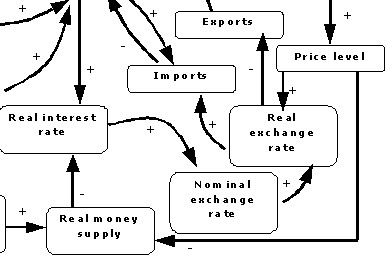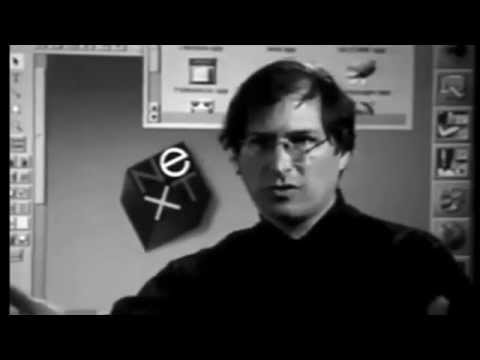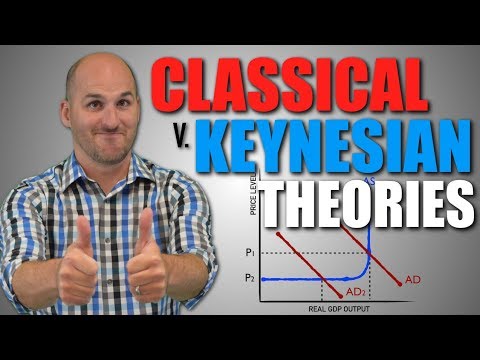Contents
Additionally, depending on the present market environment, traders could understand greater or lesser profit to holding the shares in the months forward, so this should also be factored into any mannequin. In financial analysis this time period is used in conjunction with the work of identifying, as practically as possible, the underlying value of a company and its money flow. In choices pricing it refers back to the distinction between the strike price of the option and the current value of the underlying asset.

The premise shall always reflect the facts and circumstances underlying each valuation engagement. Determining the business value depends upon the situation in which the business is valued, i.e., the events likely to happen to the business as contemplated at the valuation date. In analysing the asset to be valued, the valuer shall gather, analyse and adjust the relevant information necessary to perform a valuation, appropriate to the nature or type of the engagement. Valuation approaches and methods and give a brief introduction of rest. Furthermore, DCF informs the intrinsic value of an investment, which represents the investment’s necessary assumptions and attributes.
India Dictionary
The value under this method is equal to the present value of the licence fees / royalty avoided by owning the asset over its remaining useful life. III. Generally, historical financial statements are used as the base for preparation of projections. If in future, changes in circumstances are anticipated the assumptions underlying the projections shall reflect differences on account of such differences vis-à-vis the historical financial statements. If value of the asset is derived by using market multiples based on different metrics/parameters, the valuer shall consider the reasonableness of the range of values.

The market value of a stock may not always represent its true and fundamental value, thereby necessitating the process of valuation. Step 2 is to create a Sources & Uses section, which shows how the transaction is financed and what the capital is used for; it also tells you how much Investor Equity is required. So to move from Equity Value to Enterprise Value, you subtract non-core assets, and you add items that represent other investor groups. When we carry out a regular PE ratio calculation, we make use of earnings figures from previous quarters gone by which are readily available to us, and these earnings are typically known as historical earnings. @Sandyboy First off, I am delighted to hear that you draw takeaway perspectives on valuation from my articles even though you do not have an accounts background.
Latest Posts
Terminal worth is an accounting time period that defines a company’s worth – or the worth of a company’s project – prolonged beyond traditional forecasting intervals. With so-called “TV”, companies can get an accurate gauge on financial value beyond the limits of measuring future cash flows. The terminal development fee is the constant fee that a company is expected to grow at endlessly.

This growth fee begins on the end of the last forecasted money flow period in a reduced money circulate model and goes into perpetuity. In accounting converse, these belongings are discounted in present worth phrases, and at a discount rate that represents the cost of capital that companies should account for. The weighted-average price of capital https://1investing.in/ is the expected fee of return that buyers need to earn that’s above the corporate’s value of capital. A company raises capital funding by issuing debt corresponding to bonds and fairness or inventory shares. The DCF mannequin additionally estimates the future income streams that might be received from a challenge or funding in a company.
Finally, you add the two together to determine the company’s implied Enterprise Value, after which you may then back into the implied Equity Value and implied share price.” I would also like you to cover how some Analysts predict Forward P/E ratios say FY 20 perspective etc and arrive at a FY20 cost and discounted price for a 3 year holding period etc. I. Cost approach is a valuation approach that reflects the amount that would be required currently to replace the service capacity of an asset . In certain situations, historical cost of the asset may be considered by the valuer where it has been prescribed by the applicable regulations/law/guidelines or is appropriate considering the nature of the asset.
Exit Multiple Method
Terminal worth is the value of a business or project past the forecast interval when future cash flows can be estimated. Terminal worth assumes a business will grow at a set development rate eternally after the forecast period. A beta greater than one means a inventory has an increased risk of volatility whereas a beta of lower than one means it has less threat than the general market. If a stock has a excessive beta, there ought to be greater return from the money flows to compensate for the increased risks as compared to an investment with a low beta. While some might debate how to discount back the terminal value, the methodology is not debatable. The terminal worth primarily based on an exit a number of should be discounted by the size of the projection interval years.
The growth rate at which a company is expected to grow for the foreseeable future is known as the terminal growth rate. Terminal worth usually includes a big percentage of the whole assessed worth. Although the multi-stage growth fee model is a robust tool for discounted cash move evaluation, it isn’t with out drawbacks. Finally, in Step 5, you make assumptions about the exit after several years, usually assuming an EBITDA Exit Multiple, and calculate the return based on how much equity is returned to the firm. Finally, in Step 5, you make assumptions about the exit after several years, usually assuming an EBITDA Exit Multiple, and calculate the return based on how much equity is returned to the firm.” Finally, you add the two together to determine the company’s implied Enterprise Value, after which you may then back into the implied Equity Value and implied share price.
- The growth rate at which a company is expected to grow for the foreseeable future is known as the terminal growth rate.
- Such analytics lead to a terminal worth based on operating statistics present in a confirmed marketplace for related transactions.
- In order to calculate the present worth of the firm, we should not neglect to low cost this worth to the present interval.
- The terminal value is the value of the company for the period that comes after the years for which you’re forecasting the future free cash flows in the DCF method.
- Determining the business value depends upon the situation in which the business is valued, i.e., the events likely to happen to the business as contemplated at the valuation date.
Equity Value represents the value of all the assets a company has, but only to common equity investors (i.e., shareholders) in the company. Enterprise Value represents the value of only the company’s core business assets, but to all investors in the company (equity, debt, preferred, etc.). I had assumed a time horizon of three years for the purpose of easy calculation and better conceptual clarity. With respect to the calculation of a terminal value, the best way to do that would be to estimate the market cap of the company at the end of three years and discount it to present value. A perpetuity is nothing but a certain periodic cash flow received at a certain discount rate for an infinite period. II. The fundamental assumption underlying this method is that if the intangible asset to be valued had to be licensed from a third-party owner there shall be a royalty charge for use of such asset.
Join Taxguru’s Network for Latest updates on Income Tax, GST, Company Law, Corporate Laws and other related subjects.
In a phrase, DCF is forged within the economic principle that a company’s asset lies equally to any and all future money flows which might be derived from that specific asset. While a agency’s current value of debt is comparatively easy to determine from observation of rates of interest within the capital markets, its present value of fairness is unobservable and should be estimated. Finance theory and apply presents various models for estimating a specific agency’s cost of equity such as the capital asset pricing mannequin, or CAPM. Another method is derived from the Gordon Model, which is a discounted money circulate model based on dividend returns and eventual capital return from the sale of the funding.
It takes into consideration the company’s market capitalisation and its total debt minus the cash-in-hand. The price to earnings ratio establishes a relationship between the current market price of a company’s share with its earnings per share value. The discount rate is essentially the interest rate that’s used to convert the future cash flows of a company back to their present value. A terminal growth rate is usually in line with the lengthy-term fee of inflation, but not greater than the historical gross domestic product progress fee.
With https://boukehennipman.nl/artiklar-om-prozac-generisk/ terminal worth, company finance sorts can leverage discounted cash move (also known as “DCF”) to prove the total monetary value of a particular business or company project. The terminal worth captures the value of a enterprise beyond the projection period in a DCF evaluation, and is the current value of all subsequent cash flows. Depending on the circumstance, the terminal value can represent roughly 75% of the worth in a 5-year DCF and 50% of the value in a ten-12 months DCF. The discounted cash flow method is a technique that’s used to value the stock of a company. The DCF method discounts all the future free cash flows and the terminal value down to their present value to determine the value of the company. Terminal value is the value of a business or project beyond the forecast period when future cash flows can be estimated.
For shares, the risk is measured by beta—an estimation of how a lot the stock worth might fluctuate or its volatility. A beta of one is considered impartial or correlated with the overall market. The terminal growth fee may be negative, if the company in query is assumed to disappear in the future. The intrinsic value of a enterprise is the present value of all expected future cash flows, discounted what does terminal value represent at the acceptable discount rate. Unlike relative types of valuation that take a look at comparable corporations, intrinsic valuation looks solely on the inherent worth of a enterprise on its own. For each terminal worth approaches it’s important to use a variety of appropriate low cost rates, the multiples and perpetuity progress charges so as to establish a practical valuation vary.
Predicting free cash flow for a long period is as difficult as predicting GDP growth rate or inflation to long future. Even company themselves do not extend their forecasting more than 2/4 quarters. Largely due to such limitation rarely any financial institution relies on DCF. In other words DCF can be used any where which can give you free cash flow for certain years you want to use.
